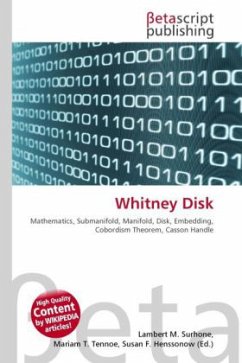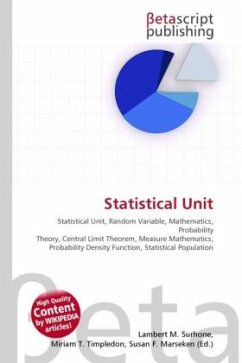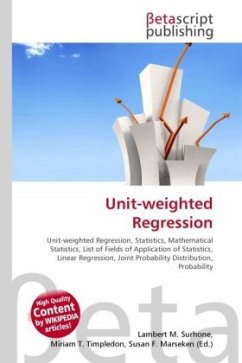
Unit Disk Graph
Versandkostenfrei!
Versandfertig in 6-10 Tagen
19,99 €
inkl. MwSt.

PAYBACK Punkte
10 °P sammeln!
High Quality Content by WIKIPEDIA articles! Beginning with the work of Huson & Sen (1995), unit disk graphs have been used in computer science to model the topology of ad-hoc wireless communication networks. In this application, nodes are connected through a direct wireless connection without a base station. It is assumed that all nodes are homogeneous and equipped with omnidirectional antennas. Node locations are modeled as Euclidean points, and the area within which a signal from one node can be received by another node is modeled as a circle. If all nodes have transmitters of equal power, t...
High Quality Content by WIKIPEDIA articles! Beginning with the work of Huson & Sen (1995), unit disk graphs have been used in computer science to model the topology of ad-hoc wireless communication networks. In this application, nodes are connected through a direct wireless connection without a base station. It is assumed that all nodes are homogeneous and equipped with omnidirectional antennas. Node locations are modeled as Euclidean points, and the area within which a signal from one node can be received by another node is modeled as a circle. If all nodes have transmitters of equal power, these circles are all equal. Random geometric graphs, formed as unit disk graphs with randomly generated disk centers, have also been used as a model of percolation and various other phenomena.












